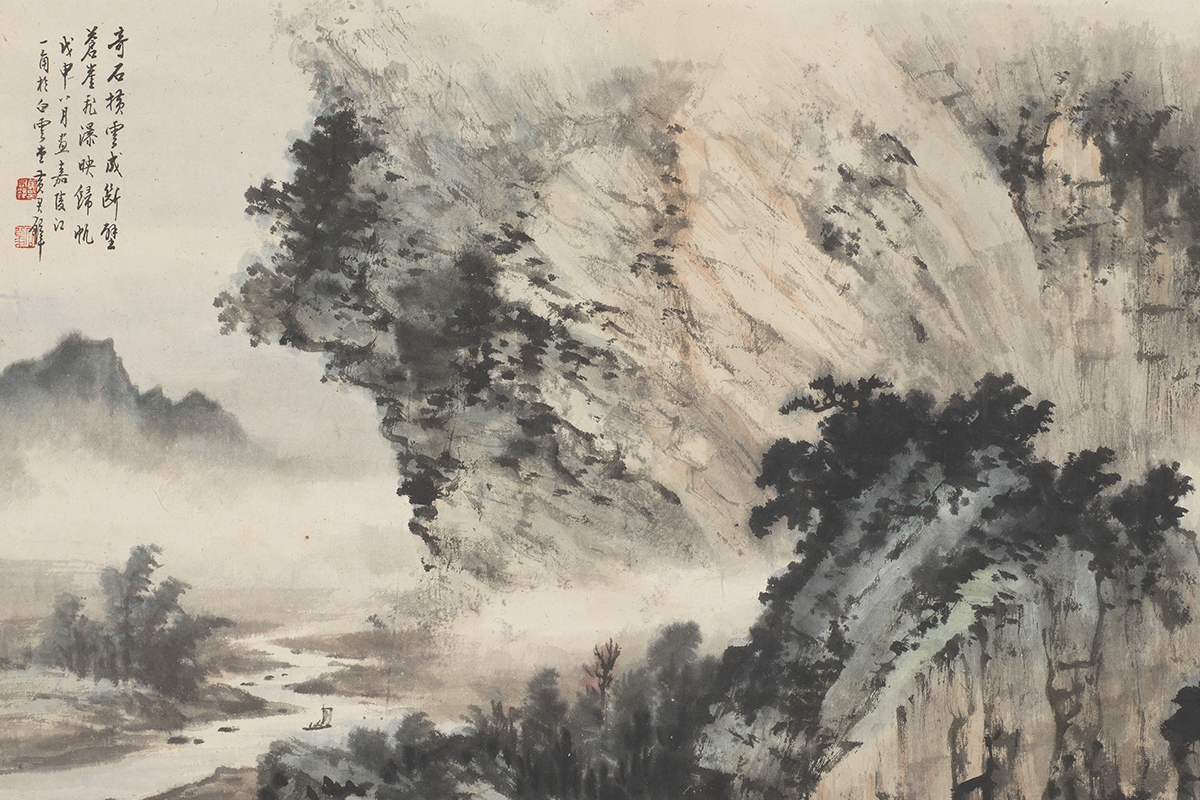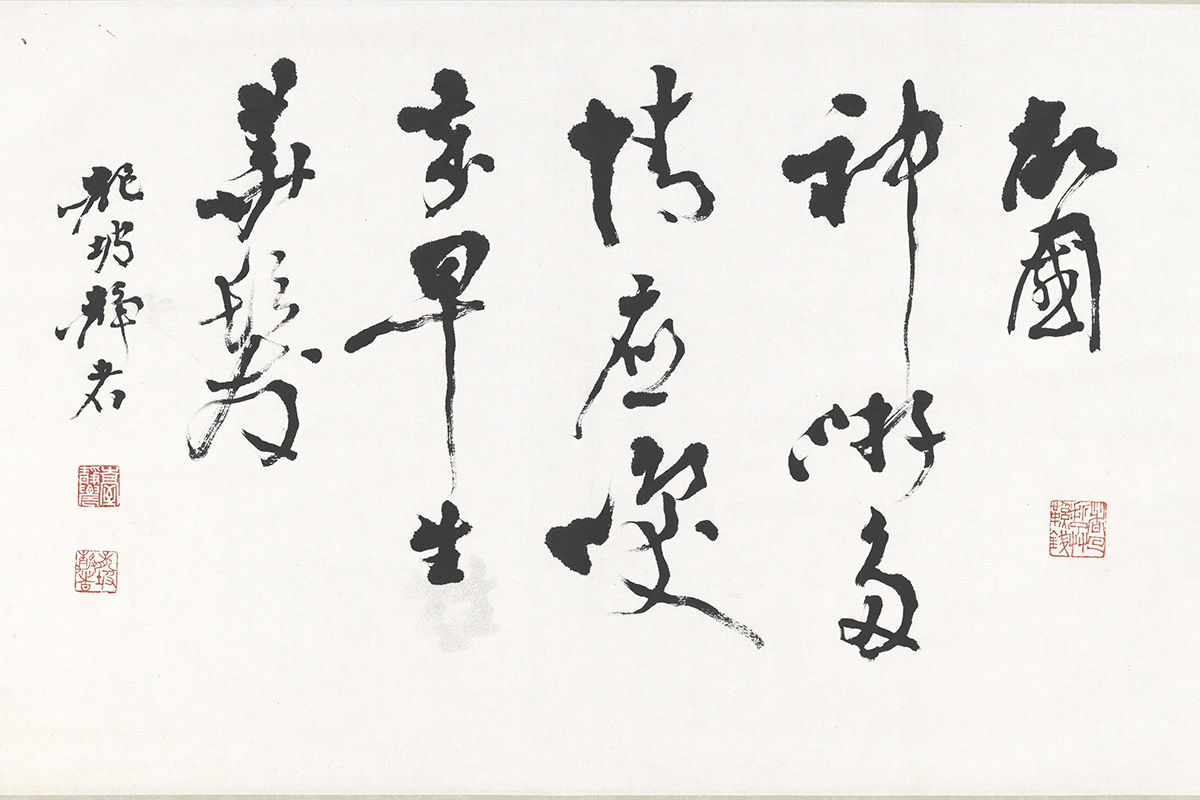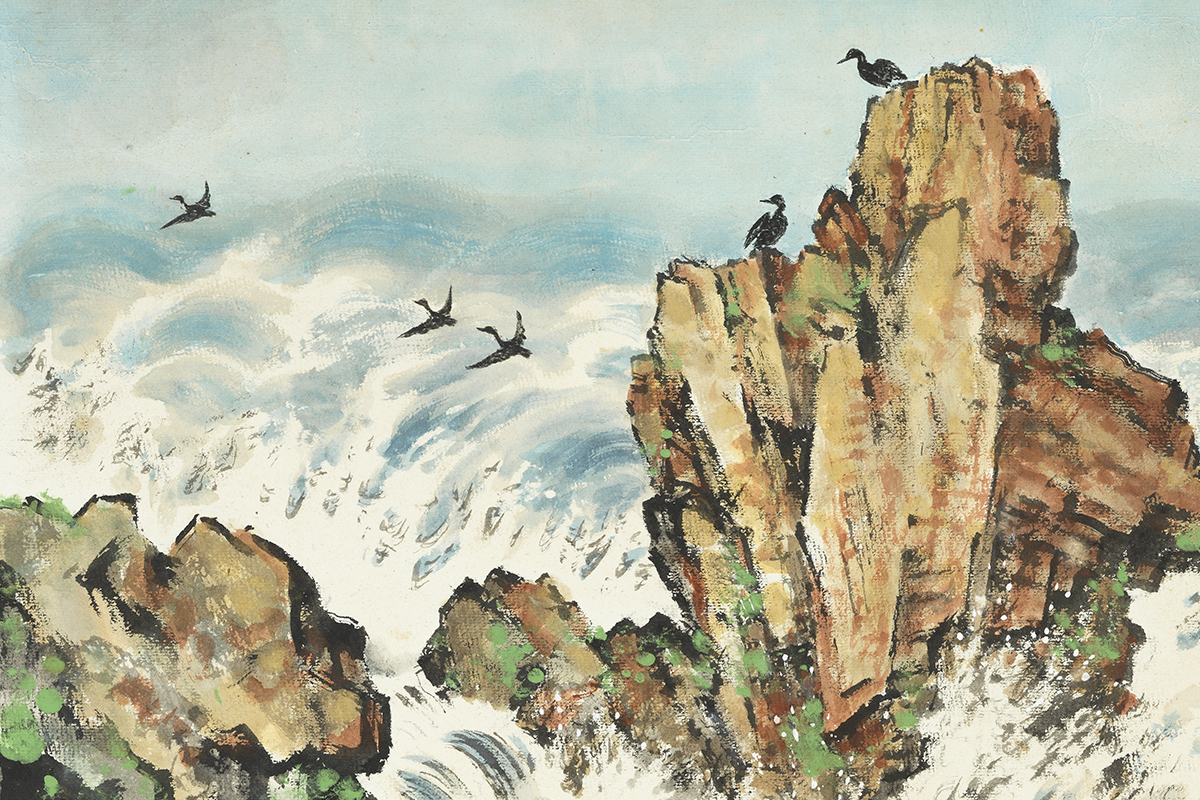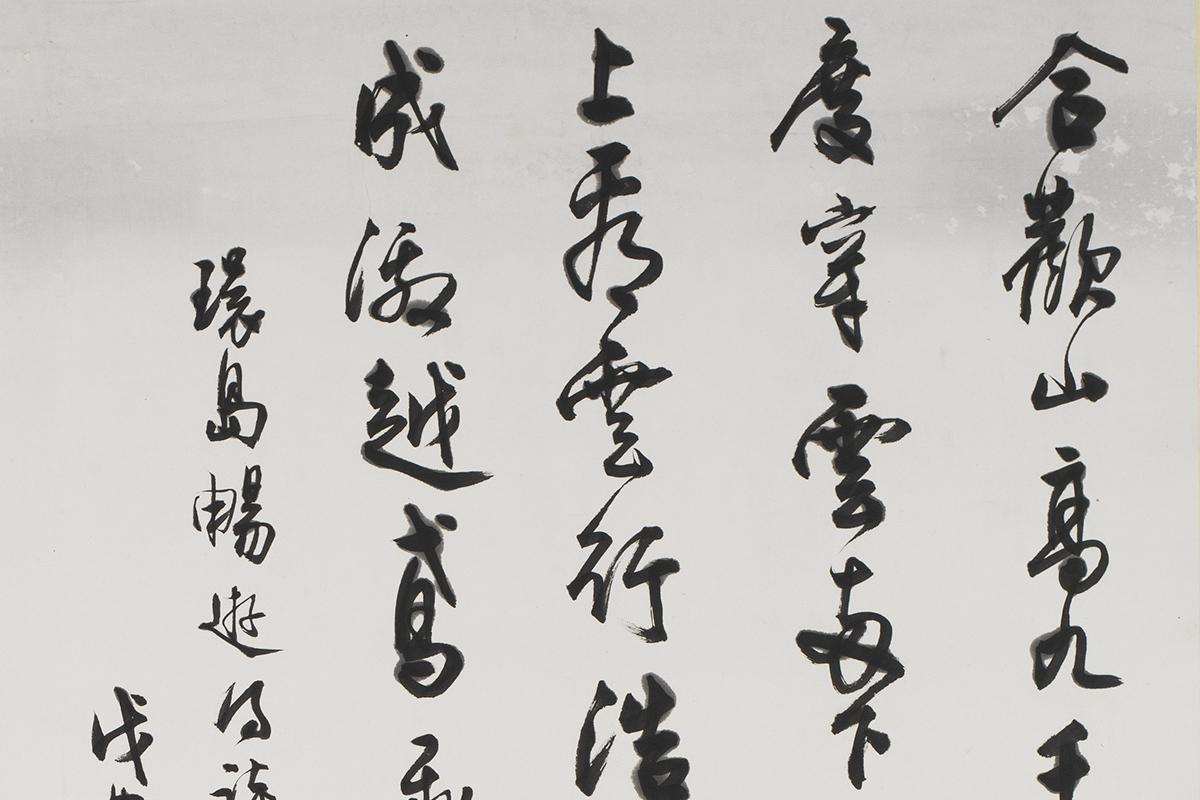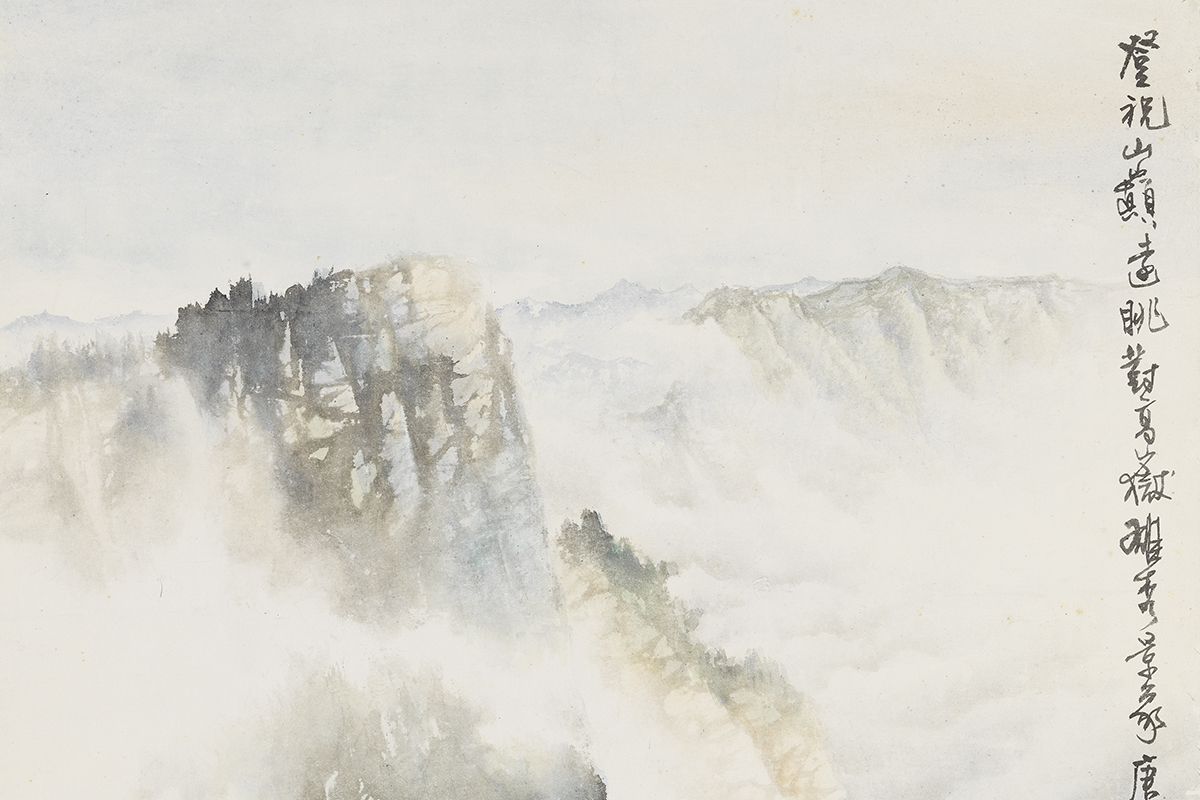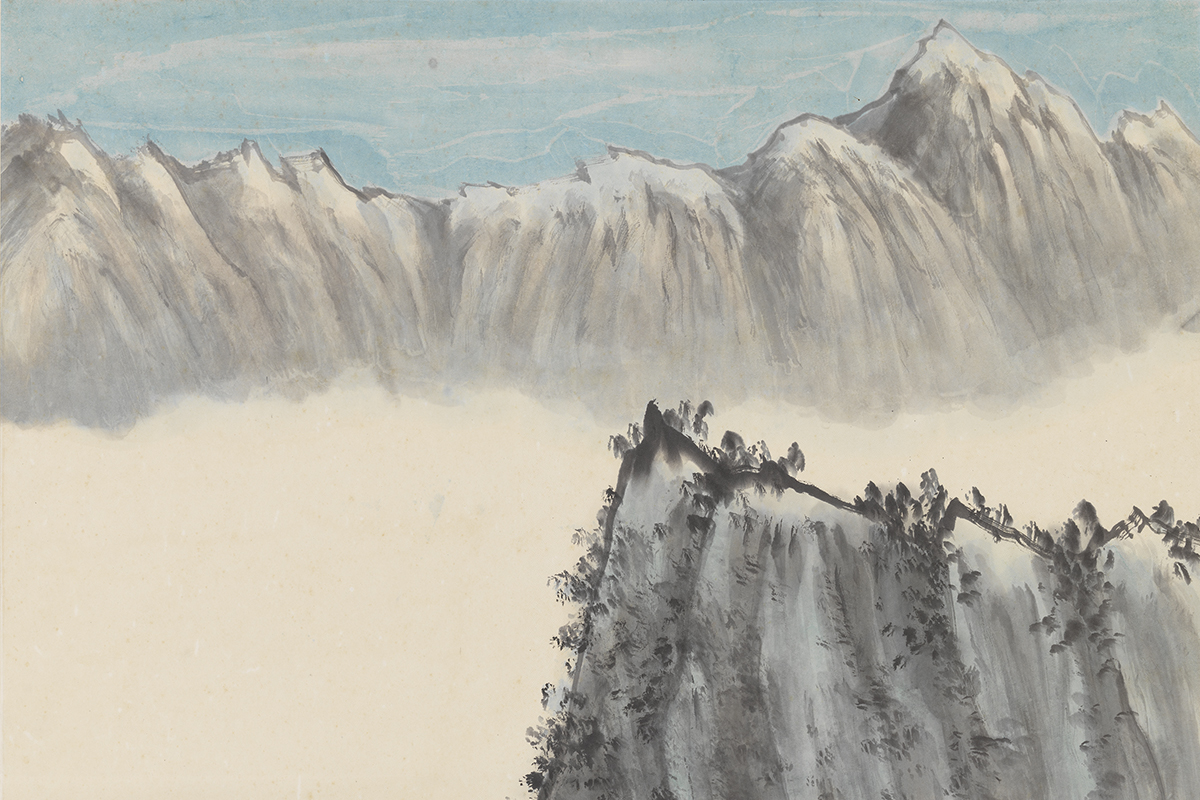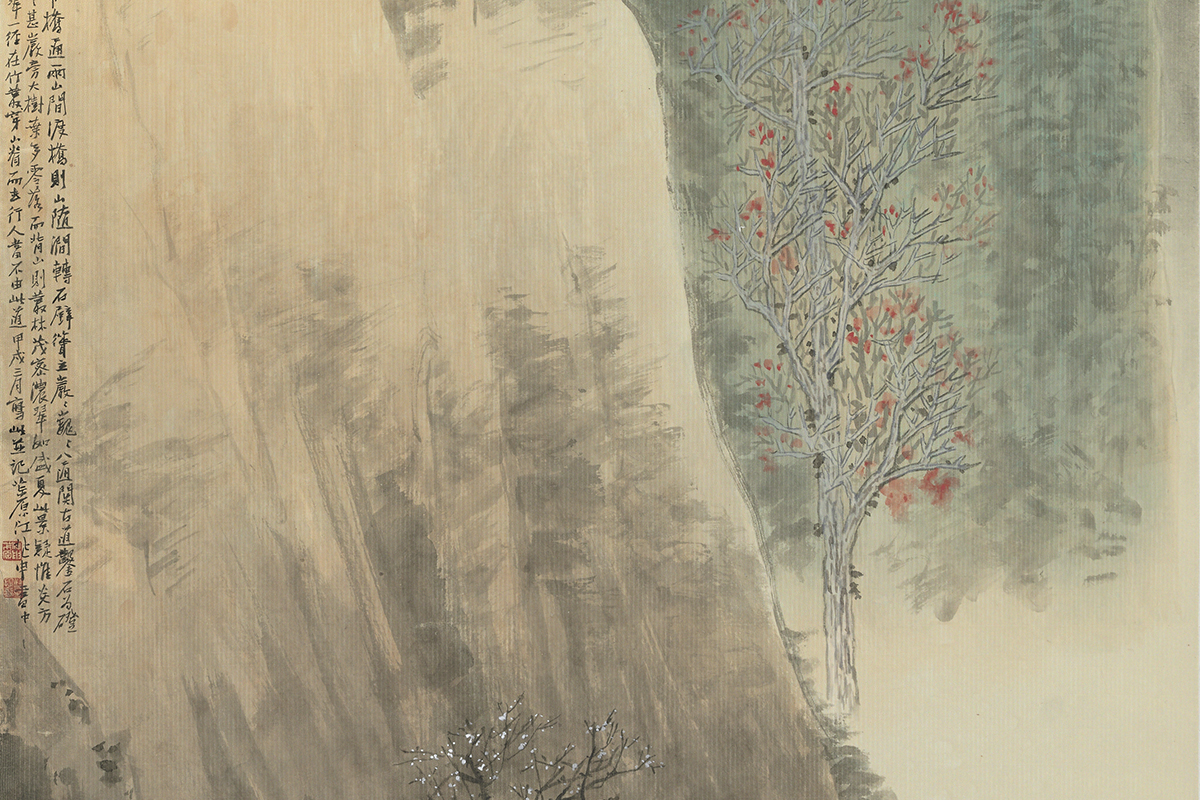Since relocating to Waishuangxi on the outskirts of Taipei City in 1965, the National Palace Museum has actively expanded its collection. In addition to increasing the annual budget for new purchases, regulations were established for accepting donations that correspond with the Museum's acquisition needs, encouraging collectors to contribute valuable works of art. Thus private holdings can become part of the public domain, to be shared and appreciated by everyone.
Gallery 208 has exhibited selected artworks donated to and housed in the museum over the years, fostering further study and greater understanding of these works, and allowing people to more deeply appreciate their precious cultural heritage. The current exhibition focuses primarily on works by seven calligraphers and painters who practiced their art in Taiwan: Huang Chun-pi (1898-1991), Tai Chin-nung (1902-1990), Lin Yu-shan (1907-2004), Wang Chuang-wei (1909-1998), Fu Chuen-fu (1910-2007), Yao Meng-ku (1912-1993), and Chiang Chao-shen (1925-1996). In addition to thanking donors for their generosity, we hope that those from all walks of life will continue to support and make the National Palace Museum a place for all the people.

